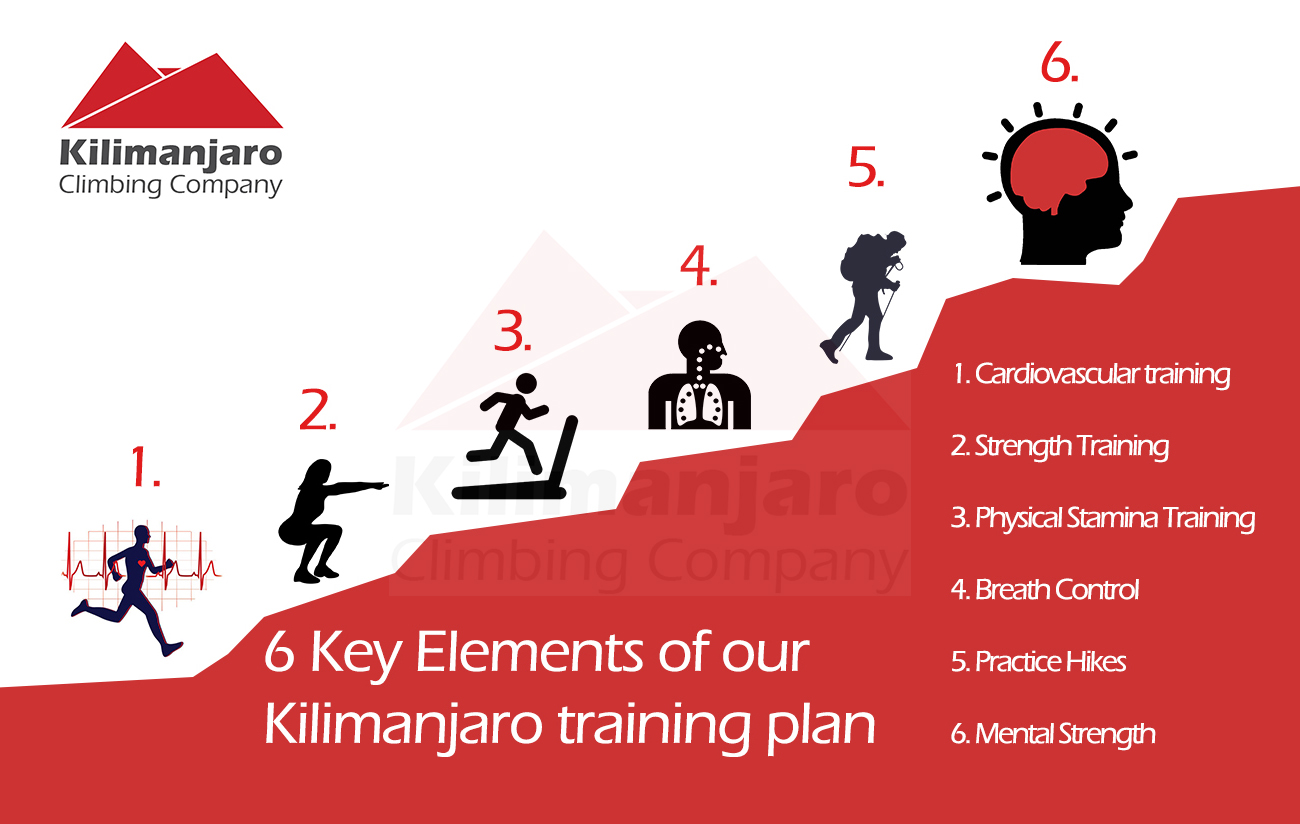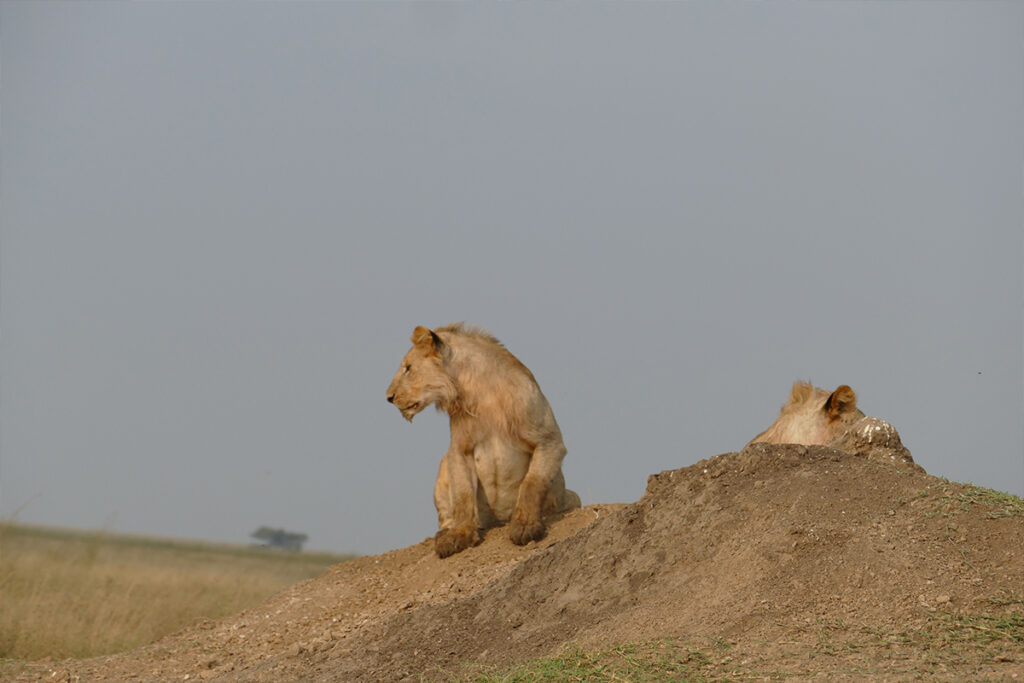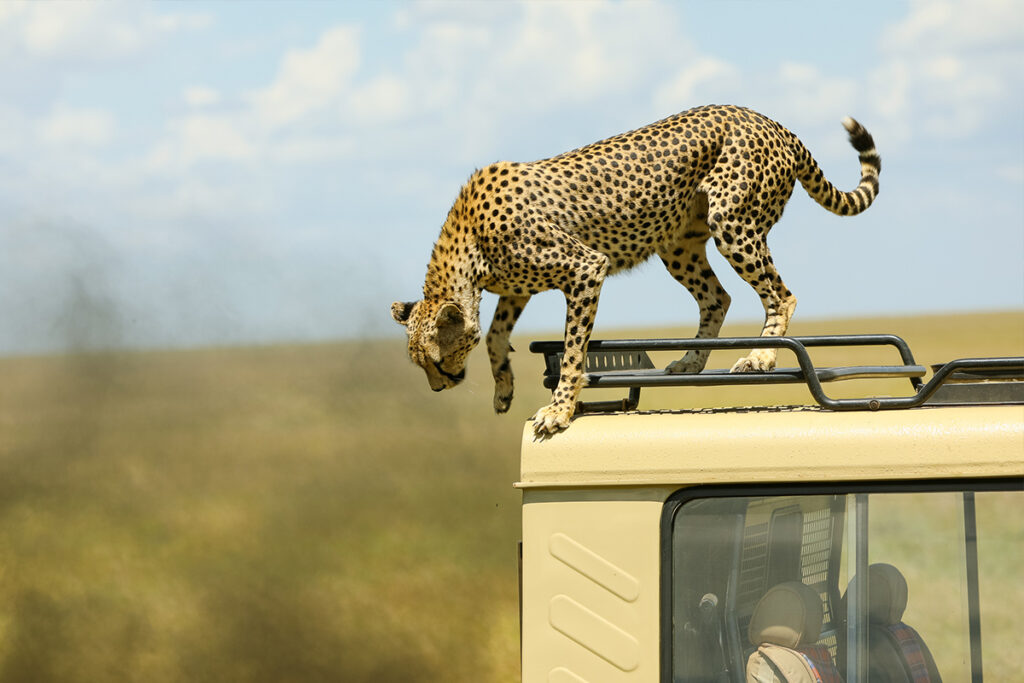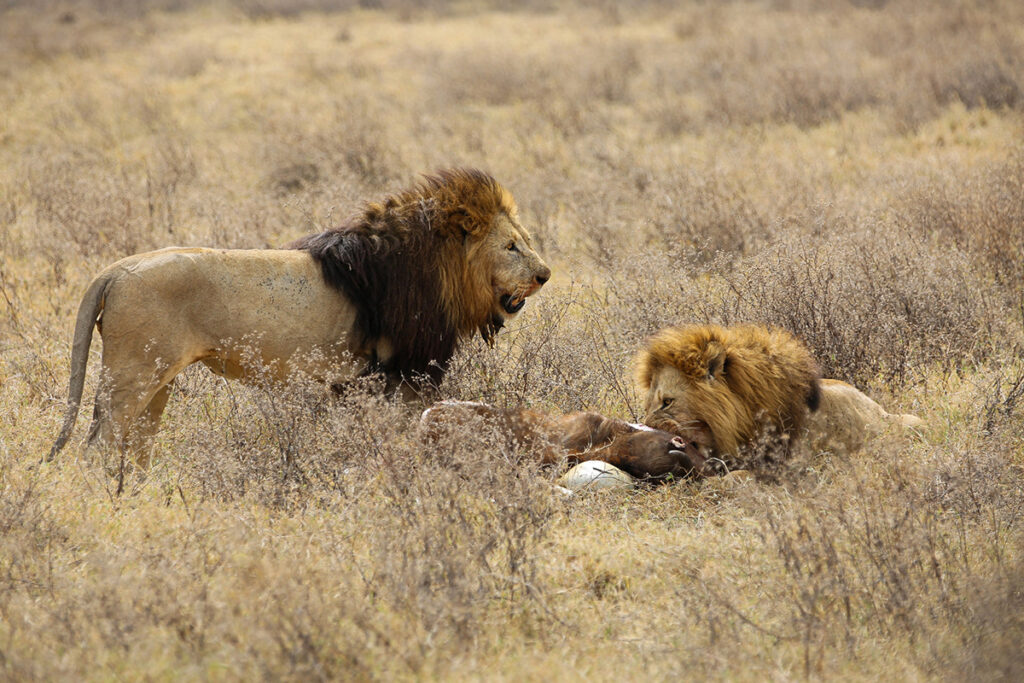Picture scaling a summit that towers at over 19,341 feet; Kilimanjaro remains a formidable challenge even for seasoned climbers. Amidst this majestic yet grueling journey lies the pressing need for acclimatization, a step often underestimated. The task demands strategic high-altitude training to undo the fierce grasp of altitude sickness.
Training at altitude dates back decades, with athletes in the 1960s chasing physiological advantages. Today, the science remains robust; 20% of climbers report altitude-related issues if untrained. Therefore, integrating altitude simulations or real-time treks builds crucial endurance, elevating success rate while guarding against hypoxia.
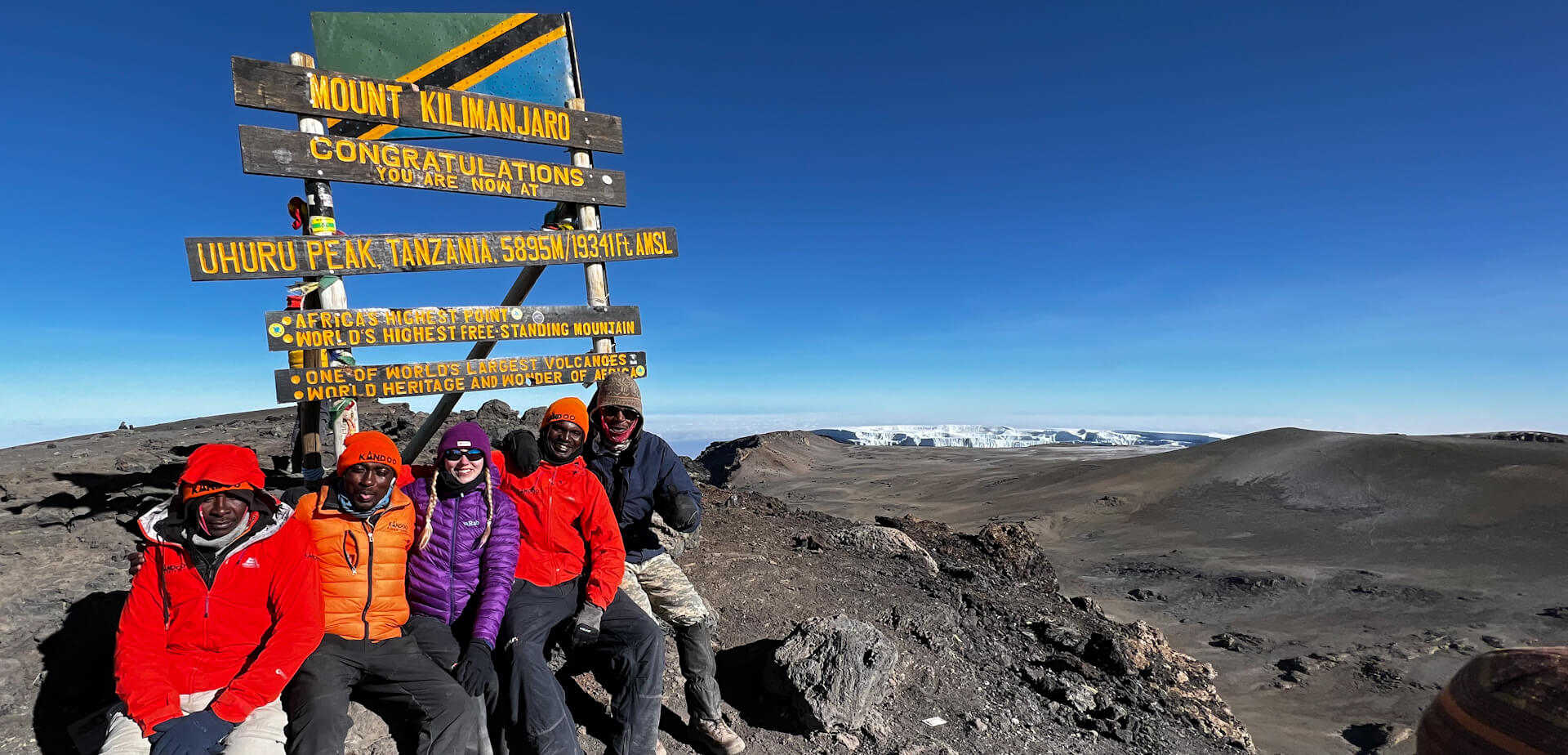
High-Altitude Training: Preparing for Kilimanjaro
Preparing for Kilimanjaro demands a focus on high-altitude training. This type of training helps your body adjust to lower oxygen levels. Climbers who fail to train properly often face altitude sickness. Training should start at least eight weeks before the climb. Regular aerobic exercises like running or swimming are essential.
High-altitude training involves specific exercises. These exercises simulate the conditions you’ll face on Kilimanjaro.
- Stair climbing
- Hiking with a loaded backpack
- Interval training
These activities help build stamina and strength. They also prepare your muscles for the physical demands of the trek.
Acclimatization is key to a successful Kilimanjaro climb. Spending time at higher altitudes helps your body adapt. Many climbers practice sleeping in hypoxic tents. These tents mimic high-altitude air, forcing your body to produce more red blood cells. This improves oxygen delivery throughout the body.
Nutrition also plays a crucial role in preparation. A diet rich in iron, protein, and carbohydrates boosts endurance. Drinking plenty of water maintains hydration levels. Some climbers use supplements like vitamins and minerals. These extra nutrients support overall health and enhance physical performance.
How to PREPARE for Kilimanjaro | TRAINING \u0026 what you NEED to KNOW!
The Importance of High-Altitude Training for Kilimanjaro
High-altitude training is vital for climbing Kilimanjaro. The mountain’s high elevations mean less oxygen, making breathing harder. Without proper preparation, climbers risk altitude sickness. Training helps your body adjust to these conditions. It improves your overall performance on the climb.
This training increases endurance and reduces fatigue. When you train, your body becomes more efficient at using oxygen. This efficiency is crucial when air is thin. As a result, you’ll feel less tired during the trek. More energy means a better experience.
Preparation also makes your muscles stronger. Building muscle strength is important for long hikes up steep trails. Exercises like lunges and squats are useful. They help you carry gear and keep your balance. Stronger legs support longer treks without injury.
High-altitude training isn’t just physical; it’s mental too. Climbing Kilimanjaro is a challenge, but preparation boosts confidence. Knowing you trained well helps conquer doubts. You can overcome obstacles with a focused mind. This mental strength is as important as the physical.
Understanding Acclimatization for Kilimanjaro Trek
Acclimatization is a key factor in a successful Kilimanjaro trek. As climbers ascend, the air becomes thinner, reducing available oxygen. This makes breathing tougher and can lead to altitude sickness. By adjusting slowly, your body starts adapting. It creates more red blood cells to carry oxygen better.
Good acclimatization minimizes headaches and fatigue. Spending extra days at higher camps helps achieve this. “Climb high, sleep low” is a common rule among trekkers. It involves hiking to a higher altitude during the day and returning to a lower one to sleep. This method allows for proper adaptation without pressure.
Symptoms of improper acclimatization can be severe. They include dizziness, nausea, and sleep disturbances. If symptoms persist, it’s crucial to descend immediately. Ignoring them can lead to more serious conditions like pulmonary edema. Therefore, monitoring your health is necessary during the climb.
Proper preparation involves understanding the trek’s demands on your body. Knowing how acclimatization works empowers climbers. A well-trained body and mind tackle the challenges with ease. Learning about symptoms and solutions minimizes risks. This knowledge ensures a safer and more enjoyable adventure.
Physiological Impacts of High-Altitude Training
High-altitude training triggers various physiological changes in the body. One of the most notable impacts is on red blood cell production. The body produces more red blood cells to carry oxygen more efficiently. This adjustment helps muscles work better with less oxygen. Enhanced oxygen delivery boosts overall performance.
Cardiovascular improvements are also significant. Heart rate and stroke volume increase as the body adapts. This means the heart can pump more blood per beat. Resulting in improved endurance and stamina. Such changes enhance athletic performance naturally.
Respiratory adaptations often occur as well. Higher altitudes force the body to increase lung capacity. This helps take in more air and oxygen. Frequent and deeper breaths optimize oxygen absorption. These changes help climbers breathe easier in thinner air.
Muscle function and energy metabolism also improve. Muscles become better at storing and using energy. This happens because of increased mitochondrial density. In turn, energy production becomes more efficient. These changes provide the necessary stamina for long, grueling climbs.
High-altitude training also benefits mental focus and resilience. As the body undergoes stress, the mind becomes stronger. Coping with low oxygen levels teaches mental toughness. This resilience is crucial during challenging climbs. The experience helps climbers stay mentally sharp and motivated.
Another notable effect is weight control. High-altitude environments can suppress appetite. This results in reduced calorie intake. Combined with constant physical activity, it leads to weight loss. A leaner body means less strain during the trek.
Tips to Enhance High-Altitude Training Efficacy
When preparing for high-altitude conditions, starting slow and steady is essential. Gradually increasing intensity allows your body to adapt over time. Focus on aerobic exercises like jogging or swimming, which improve cardiovascular endurance. It’s crucial not to rush the process. Pushing too hard, too fast can lead to injury.
Integrating specific workouts can make a difference.
- Interval training to increase stamina
- Strength exercises such as lunges and squats
- Using a stair machine or climbing real stairs
These activities help build the strength needed for uphill terrains. Introducing variety keeps the training engaging and effective.
Proper hydration and nutrition play a major role in training. Drinking enough water keeps you hydrated, especially at high altitudes where dehydration is common. A balanced diet rich in proteins and carbs supports energy needs. Iron-rich foods like spinach and red meat enhance oxygen transport. This kind of nourishment complements physical training.
Monitoring progress helps in identifying strengths and weaknesses. Keep track of endurance levels and performance metrics. Training apps or fitness trackers can assist in this process. Analyzing data helps adjust your regimen for maximum gains. Tailoring workouts based on feedback increases effectiveness.
Focusing on breathing techniques significantly benefits altitude training. Practicing deep, controlled breathing enhances oxygen uptake. Breath control improves stamina and reduces fatigue. Breathing exercises can be done daily to build this skill. Incorporating this practice sets the groundwork for more efficient energy use.
Dealing with Altitude Sickness during Kilimanjaro Climb
Altitude sickness is a common challenge for climbers on Kilimanjaro. As elevation increases, the air becomes thinner, making it harder to breathe. Symptoms usually start with headaches and dizziness. Taking it slow as you ascend helps your body adjust. This gradual approach can help prevent severe sickness.
Recognizing signs early is important for safety. Look out for symptoms like nausea, vomiting, and shortness of breath. If these occur, it’s crucial to alert your guide. Descending to a lower altitude often provides relief. Quick action prevents the condition from worsening.
Staying hydrated is a simple yet effective strategy. Drinking plenty of water maintains fluid balance in your body. Dehydration can worsen altitude sickness symptoms. Adding electrolytes to your drinks can also help. This replenishes lost salts and improves energy levels.
- Take frequent rest breaks
- Eat light meals rich in carbs
- Avoid alcohol and caffeine
These steps support a smoother adjustment. Mindful eating and drinking habits can make climbing easier.
Some climbers choose medication as a preventive measure. Doctors may prescribe medications like acetazolamide to aid acclimatization. Such medications work by stimulating breathing and enhancing oxygen absorption. However, they don’t eliminate the need for caution. Combining medication with other strategies offers the best protection.
Key Takeaways
- High-altitude training is crucial for climbing Kilimanjaro successfully.
- This training improves your body’s oxygen efficiency at higher altitudes.
- Acclimatization techniques help reduce the risk of altitude sickness.
- Strong cardiovascular health boosts endurance on challenging treks.
- A combination of training and acclimatizing enhances climbing safety.
